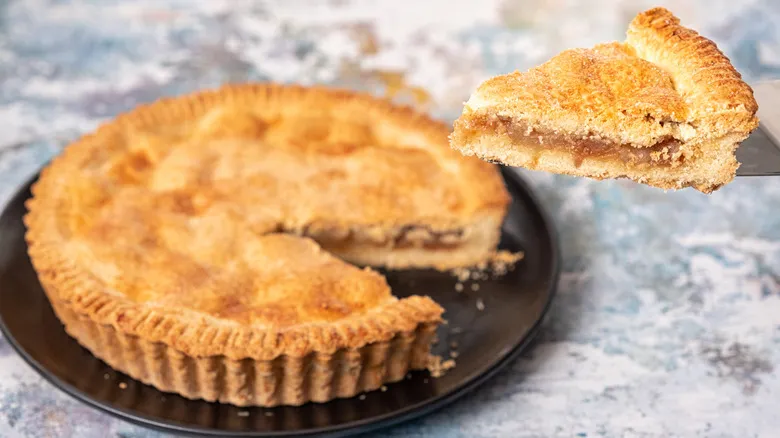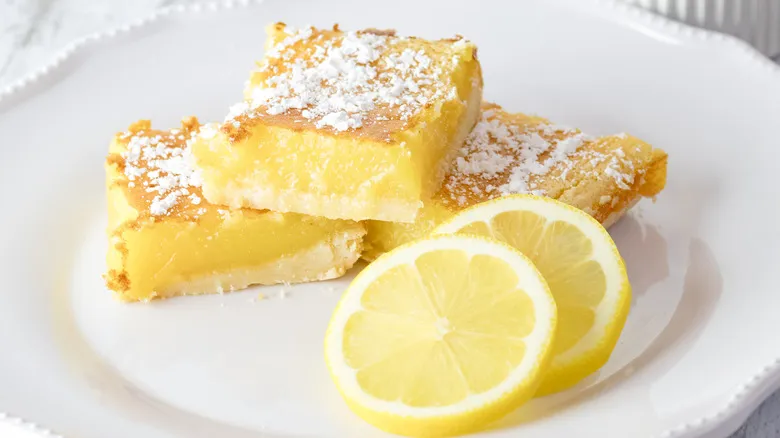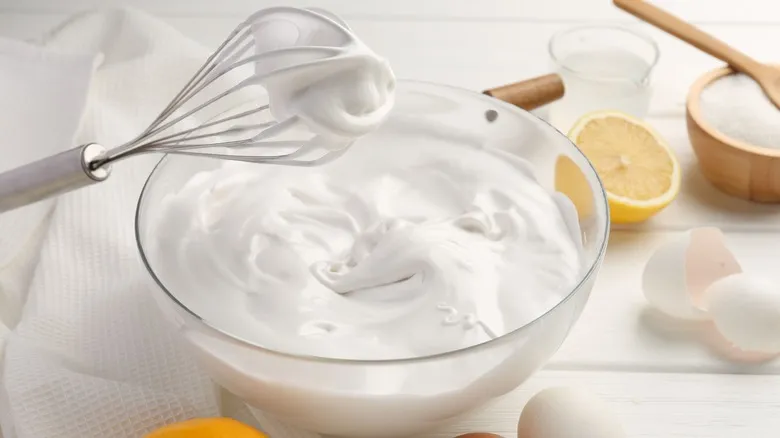Two ingredients that give two kinds of cookies

Baking soda and baking powder are closely related (baking powder is essentially baking soda that has already reacted with an acid), but they produce different types of cookies when used interchangeably. Baking powder acts as a leavening agent, introducing more airiness and fluffiness to your cookies. It generates carbon dioxide during baking, resulting in taller, lighter cookies both in texture and color. However, this lightness can sometimes lead to cookies that are overly crumbly, which may not suit your taste. In that case, you might want to consider using baking soda.
Baking soda is a versatile ingredient that serves various purposes, from cleaning to tenderizing meat, but how does it perform in cookies? It creates cookies that are flatter, denser, and darker compared to those made with baking powder. Baking soda extends the setting time of the cookies, allowing them to spread more. It also promotes tighter bonding of proteins, resulting in a denser, chewier texture. Additionally, baking soda aids in the Maillard reaction, which gives cookies, meats, and even beer their brown color. Therefore, if you prefer these characteristics, baking soda is the way to go, while baking powder is ideal for the opposite effect. Some cookie recipes even combine both, so as long as your ingredients are fresh, you can experiment and enjoy the best of both worlds.
Recommended

One Quick Addition Will Help Cut The Sweetness In A Store-Bought Pie

The Tip Paul Hollywood Swears By When Baking Homemade Pizza Dough

The Secret Savory Ingredient Valerie Bertinelli Adds To Homemade Lemon Bars

How To Make Whipped Cream Last Longer (Hint: It's One Ingredient)
Next up

